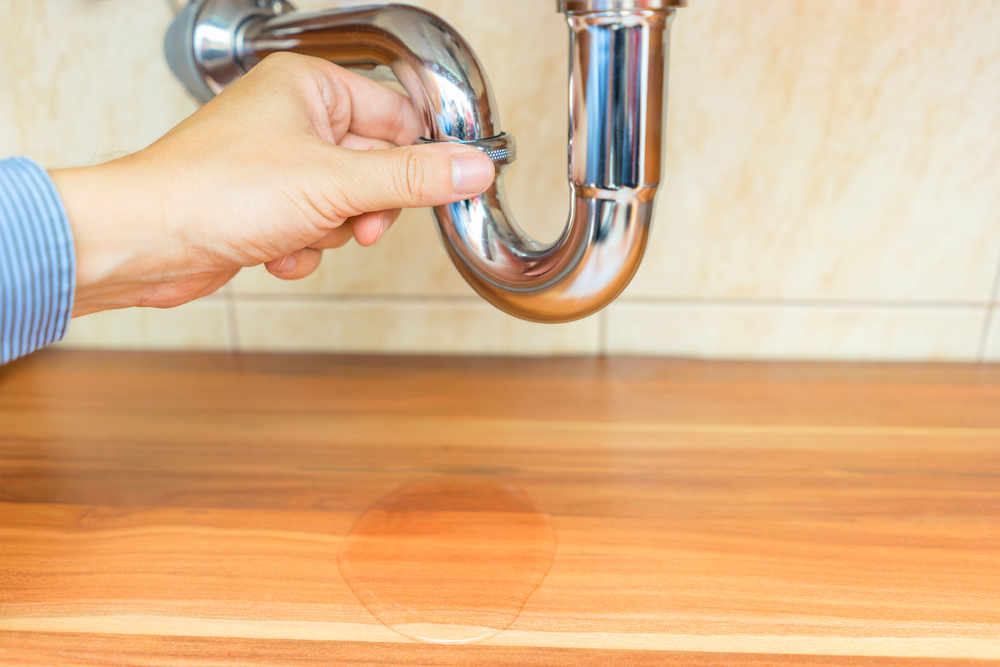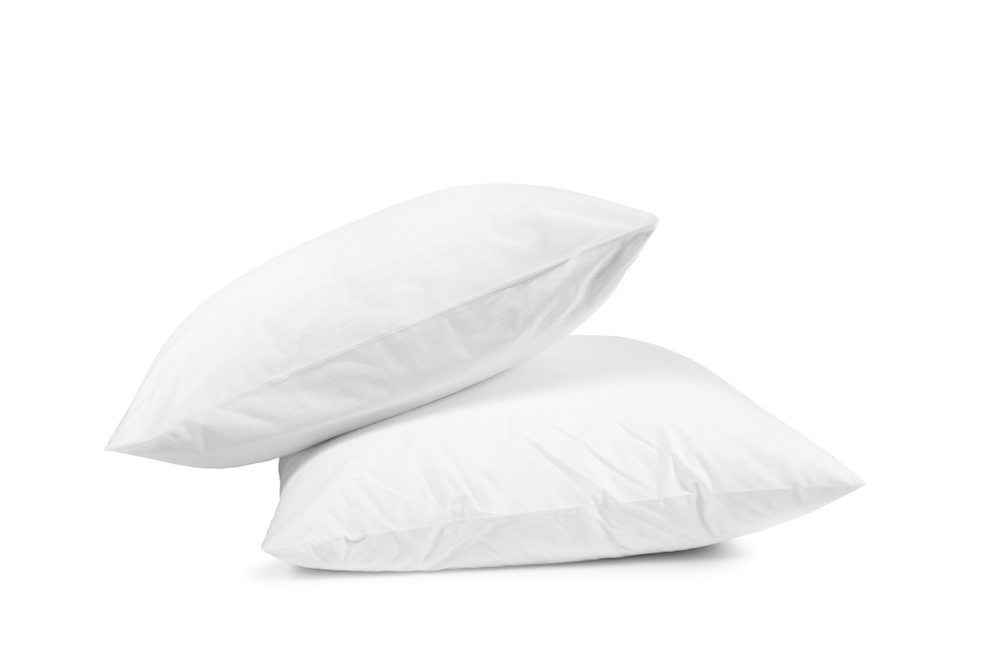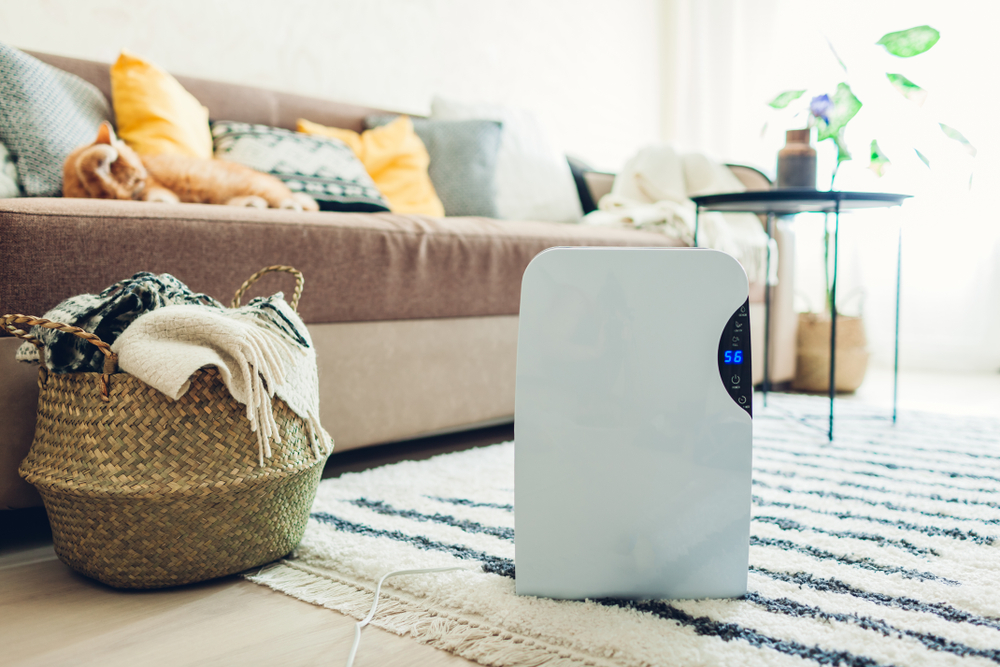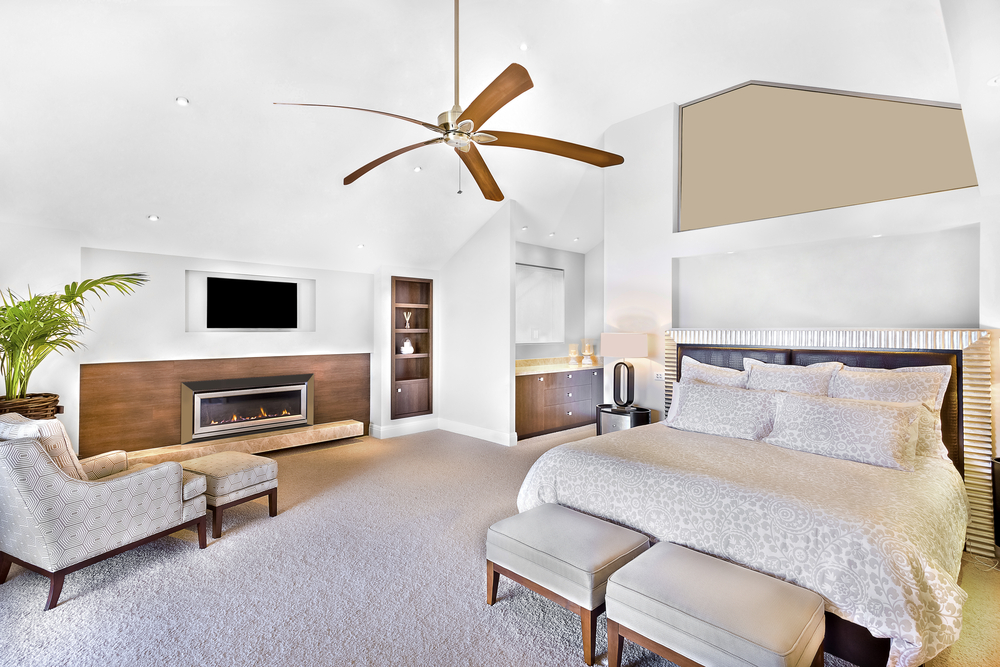
Plagued at home by sneezing, an incessant runny nose, and watery eyes? You may be 1 of 40 million people who suffer from indoor allergies, according to the American Academy of Allergy, Asthma, and Immunology.
Luckily, there are ways to get relief. With a bit of planning and a little extra work, your house can be a haven for those in your family with indoor allergies. Follow these steps to start breathing easier.

Clean Up Dark, Damp Spaces
In basements, bathrooms, or other places where moisture collects, mold can form and release spores that cause allergies to flare up. You may smell the telltale musty odor before noticing visible mold on windows, tubs, or in basements.
To fix, dry up the moisture and seal any cracks, leaks, or drips. Keep the humidity in your home below 50 percent. A dehumidifier (and monitor) can help keep moisture in check.
To clean mold from surfaces, use a mixture of 5 parts bleach to 95 parts water. If the mold covers less than 10 square feet, you can deal with cleanup yourself. Anything beyond that will require a professional to remove the contamination.

Examine Your Bedding
Microscopic dust mites feed on shed human skin. Their favorite lunch spot? Your bed. In drier parts of the country, dust mites aren’t a problem because they have no moisture to promote their growth. For the rest of us, though, our beds may be exposed to this potential allergen.
To remedy the situation (and feel better), buy allergen-proof zippered, sealed covers for pillows, mattresses, and box springs. Washing bedclothes in hot water also stops these pests. The water needs to be at least 130 degrees to work, so check your water heater to make sure it’s set that high while you’re doing laundry.

Avoid Pet Triggers
You might be surprised to know that saliva and dander—not fur—cause most pet allergies. Proteins in the saliva stick to the fur, which then floats into your nose or lungs to cause an allergic reaction.
The simplest (if most difficult) solution is to remove the pet from your home. But if your family isn’t about to part with Fluffy, at least limit pets’ access to bedrooms so you’ll be able to sleep well at night. Grooming or bathing your pet every three or four weeks can also help keep allergens to a minimum.

Clear the Air
Your home ventilation system can be a friend or a foe. Properly maintained, it can filter out allergens. However, if you don’t check it and clean filters, a central air system can circulate allergens such as pollen and animal dander. It can also be a source of mold itself, if an attached humidifier pumps too much moisture through the system.
To combat these problems, clean your dehumidifier once every two weeks. Change your furnace filters according to the manufacturer’s (or filter maker’s) directions. Use ceiling fans to circulate air and prevent water from condensing and mold from forming. To avoid trapped water vapor, place fans in rooms of the house with a shower, sink, or toilet.

Know When to Close Windows
Open windows can expose you to outdoor allergen triggers, such as pollen. However, having a house that’s too sealed up can keep potential irritants in, and increase their concentration.
Keep windows closed during the peak allergy seasons of spring and fall, and consider closing windows before you go to sleep. The highest pollen counts are from 4 a.m. to 10 a.m., so having windows open then can mean you’ll wake up with a runny nose and tearing—not how you want to start your day.
Doug Donaldson is a freelance writer. Better Homes and Gardens is a magazine and website devoted to ideas and improvement projects for your home and garden, plus recipes and entertaining ideas. Online at BHG.com Copyright 2021 Meredith Corporation. Distributed by Tribune Content Agency, LLC.






Be the first to comment